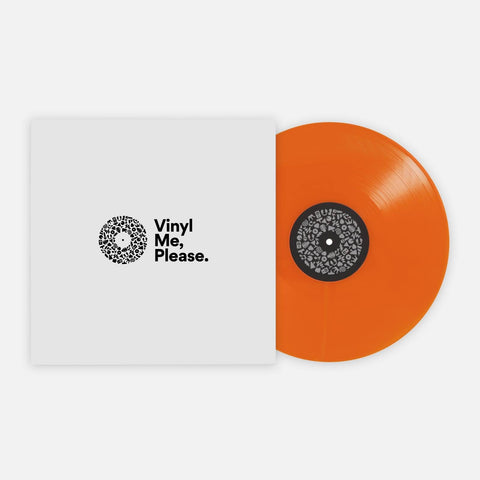There is an absurdly vast selection of music movies and documentaries available on Netflix, Hulu, HBO Go, and on and on and on. But it’s hard to tell which ones are actually worth your 100 minutes. Watch the Tunes will help you pick what music doc is worth your Netflix and Chill time every weekend. This week’s edition covers Big Star: Nothing Can Hurt Me.
By the time most people discovered the greatness of the band Big Star, they were long gone, having collapsed under the weight of their own aspirations. It really isn’t much of understatement to say that, like The Velvet Underground, despite album sales being dismally underwhelming, “...everyone who bought one formed a band." Or maybe more accurately in the case of Big Star’s earnest approach to teenage melancholy, became a music writer.
Only releasing three albums in their heyday--all of which landed on Rolling Stone’s “definitive” 500 Greatest Albums list-- Big Star’s story is a surprisingly complex one that requires some digging into the comparably boring nuts and bolts of music distribution, a little profiling of the fertile musical landscape of mid-70s Memphis, Tennessee, and keeping tabs on a band membership that was constantly threatening to fall apart. First-time filmmakers Drew DeNicola and Olivia Mori manage to cover all those bases in their debut film, Nothing Can Hurt Me, which presents a thoroughly engrossing portrait that’s more than worthy of this somehow still underappreciated band.
Formed around the core duo of Chris Bell and former Boxtopper Alex Chilton, with Andy Hummel and Jody Stephens holding down the rhythm section, Big Star was poised to be a huge deal right out of the gate. They had a supportive record label and practically immediate critical approval across the board (many of the gushy interviews in the film are with otherwise-jaded rock critics that were wowed by the band), but the documentary lays out a trail that points to the lack of radio airplay and a failure of distribution (simply not getting the record into stores) as the main reason the band didn’t shift the massive number of units they deserved. “We wanted them to be a tiny band... that everybody listened to” one critic says, really nailing the conflicting push and pull between the intimacy of the music and the desired breadth of appeal. There really is something about Big Star though, which isn’t directly touched on in the film, that demands an organic discovery. Sure, each album could’ve maybe spawned a few top-40 hits, but part of the power of their legacy is in the listening-party grapevine reverence of “Oh man, you have gotta hear these guys.”
Nothing Can Hurt Me does an excellent job of evoking the town of Memphis, affecting its own aesthetic drawl with the pace at which it unfolds, content to get to everything in due time, but not in any rush to get there. You can practically feel the waters of the Mississippi River tugging you from scene to scene. Hell, there’s a whole section that takes pains to explain how, when the city finally, for better or worse, got liquor-by-the-drink, things changed in the local music scene.
The amount of rarely (if ever) seen archival content here is vast, and it’s all piled up to great effect. It’s really surprising that the band’s archives have been seemingly so well-maintained given the haphazard way that their albums were packaged and re-packaged over the years. The filmmakers did a ton of legwork wrangling dozens of interviews and parceling them out over the course of the film (that loping southern gait again) to great effect. At any moment you can be looking at candid photos while audio from an interview will foregrounded, and stage banter is audible in the background. There’s a very artful maximization on display of the resources that they had available. Just about all of the demos and alternate takes you hear in the film, as well as remastered choice album cuts, can be found in the excellent 4CD set, Keep An Eye On The Sky, that was released in tandem with the film.
The only place the film really falters is at the end. You can’t fault the filmmakers for trying to tie up the myriad loose ends the band left behind in its dissolution. But each thread, especially Chilton’s time as a part-time punk in NY (which is partially covered in last years excellent Ork Records set from Numero Group) and Chris Bell’s European treks of self-discovery, feel rushed and deserving of their own independent examinations. Given the nebulous center of the band over the course of its run and the scope that the filmmakers try to cover, it’s understandable that finding where to yell “Cut!” and roll the credits was a tough call. Footage of the star-studded SXSW tribute concert that happened in the wake of Chilton’s unexpected death (just days before the festival was set to begin) is as fitting a note to go out on as any, but it ends up being about as anticlimactic as the break up of the band itself.
Chris Lay is a freelance writer, archivist, and record store clerk living in Madison, WI. The very first CD he bought for himself was the Dumb & Dumber soundtrack when he was twelve and things only got better from there.
Join the Club!
Join Now, Starting at $36Pages




